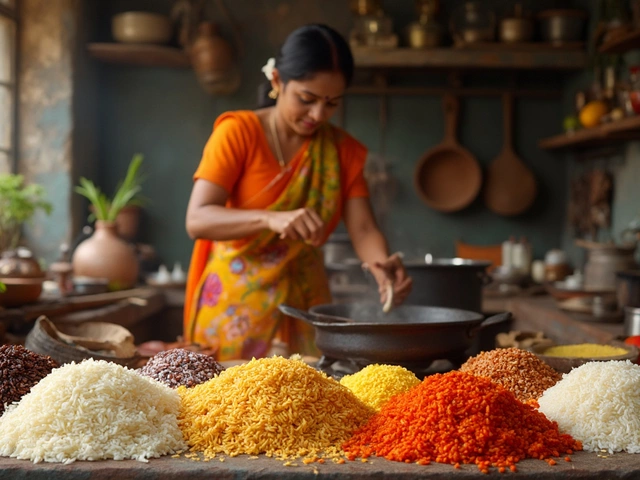Rare Flowers: Discover India’s Most Unique Blooms
Ever walked past a garden and wished you could grow something you’ve never seen before? Rare flowers give your garden that wow factor while fitting India’s diverse climates. From the lucky marigold to fast‑growing flowering trees, there’s a rare bloom for every space.
First, think about where you live. Coastal regions need salt‑tolerant plants, while the hill stations favor cool‑weather species. Matching a flower’s natural habitat to your zone cuts stress and saves water. Check the Best Months for Flower Blooming in India guide to see when your chosen rare flower will hit its peak.
Choosing the Right Rare Flowers for Your Climate
For dry zones, consider Strobilanthes kunthiana (Neelakurinji) – it blooms once every twelve years, creating a blue carpet across the hills. In humid plains, the Himalayan Blue Poppy loves cool nights and moist soil. If you want a tree, the Jacaranda mimosifolia grows fast, bursts purple in spring, and handles most Indian soils.
Don’t forget indoor options. Some rare orchids thrive under low light and can become the centerpiece of a living room. Pair them with a simple misting routine from our “Do Houseplants Need Misting?” post for a healthy display.
Caring Tips to Keep Exotic Blooms Thriving
Watering is the biggest mistake people make. Rare flowers often need deep, infrequent watering rather than light daily splashes. Use a drip system (read our “How Deep Should Drip Irrigation Lines Be Buried?”) to deliver water right to the roots without waste.
Soil matters too. Add compost, sand, or perlite to improve drainage. Heavy soil can choke delicate roots; the “How to Loosen Heavy Garden Soil” guide shows easy amendments that work for most rare species.
Fertilize sparingly. Many exotic blooms prefer low‑nutrient conditions. A month‑old tea compost or a balanced 10‑10‑10 mix applied in early spring is usually enough. Over‑feeding leads to weak stems and fewer flowers.
Pest control should stay natural. Avoid coffee grounds if you’re growing species that dislike them (see “Plants That Hate Coffee Grounds”). Instead, try neem oil or companion planting with marigolds to repel insects.
Pruning at the right time encourages more blooms. For fast‑growing flowering trees, trim after the main blooming period to shape the canopy and promote next year’s display.
Finally, enjoy the journey. Rare flowers often come with stories—like the lucky marigold that brightens festivals across India. Planting them connects you to tradition while giving your garden a one‑of‑a‑kind look.
Ready to start? Browse our tag page for more rare‑flower articles, pick a few that match your climate, and watch your garden become the talk of the neighborhood.

Most Beautiful Flower in the World: Types, Facts, and Gardening Tips
Discover what makes a flower truly beautiful, from legendary blossoms to rare species. Get practical gardening tips and fascinating facts to grow stunning flowers.

What Flower Takes 30 Years to Bloom? The Slow Life of the Talipot Palm
The Talipot palm is a legend among plant lovers, taking about 30 years—or even longer—to bloom just once in its life. This article explains why this palm is so special, what makes its flowering so rare, and how gardeners in India can care for it. You’ll learn some wild facts about the Talipot’s blooming process and get simple tips if you want to try adding this slow giant to your garden. Patience is key—but the payoff is unforgettable.
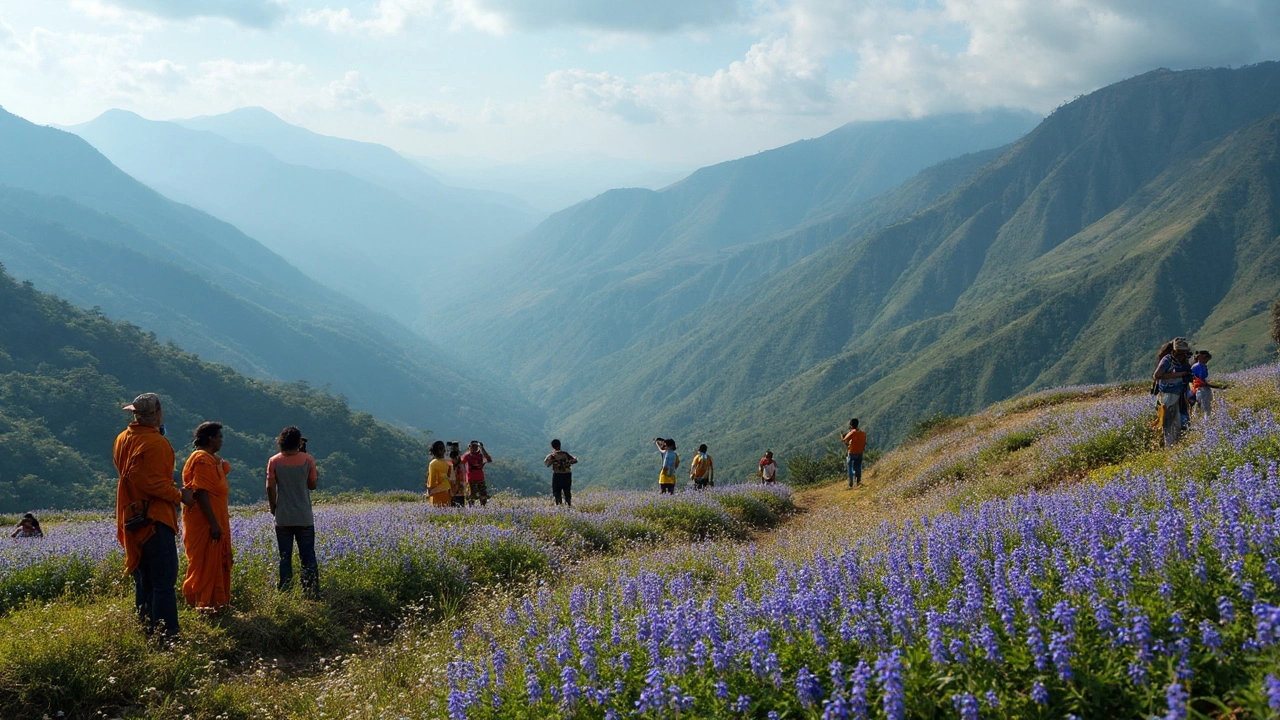
Rarest Flower in India: What Makes the Neelakurinji So Unique?
Dig into the fascinating story of India's rarest flower, the Neelakurinji. Find out what makes this flower a true marvel and why it grabs the attention of gardeners and nature lovers. Get helpful tips if you’re hoping to spot it during its rare bloom. Learn about the challenges behind its survival and what actually threatens its existence. Perfect for anyone curious about rare Indian plants or wild gardening.
About
Flower Gardening
Latest Posts
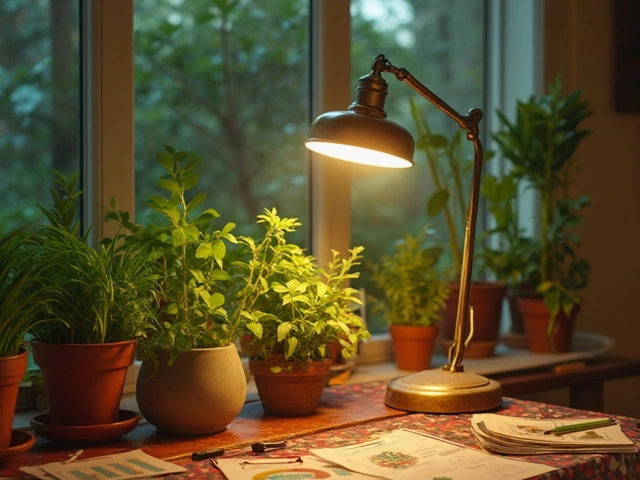
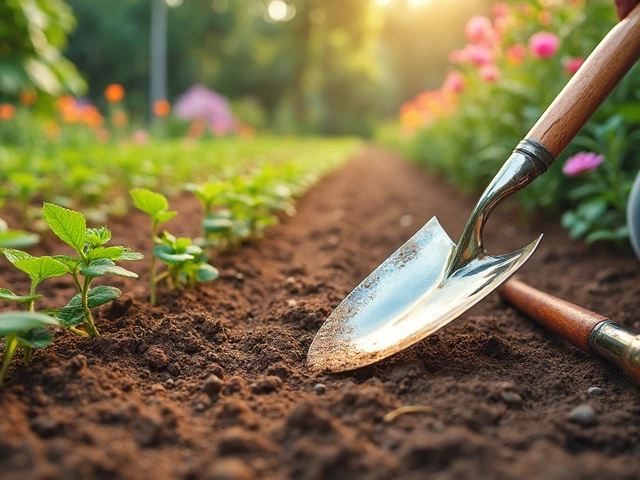
The First Essential Tool Every Gardener Needs
By Alden Thorne Apr 16, 2025

Can I Install Drip Irrigation Myself? Here's Everything You Need to Know
By Alden Thorne Mar 13, 2025
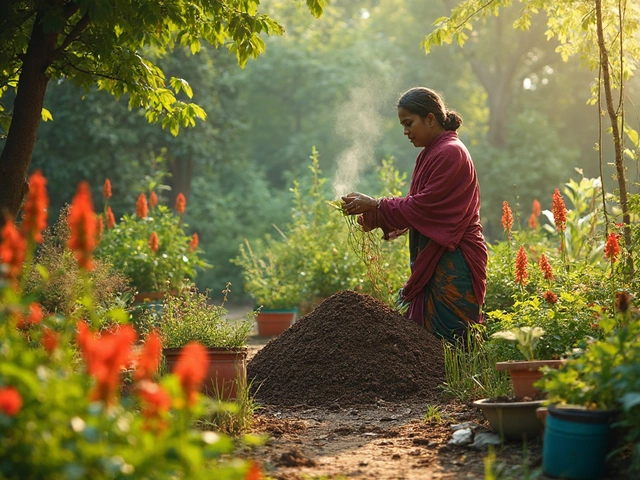
How to Make Your Own Cheap Soil for Gardening
By Alden Thorne Apr 11, 2025
